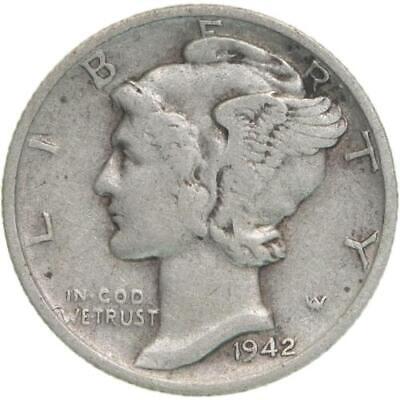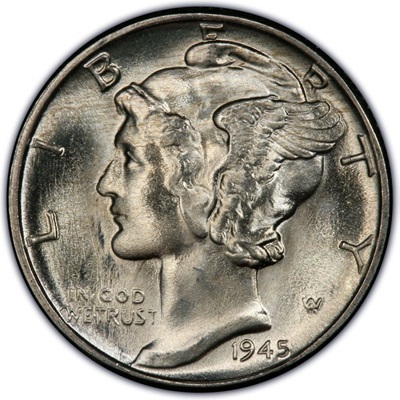Mercury Dimes, also known as Winged Liberty Head dimes, are a favorite among collectors due to their historical significance and intricate design. Understanding how to grade these coins is essential for both novice and experienced numismatists. This guide will walk you through the historical context, design features, and grading techniques to help you determine the value of your Mercury Dimes.
Historical Context
The Mercury Dime was introduced in 1916, replacing the Barber Dime. Designed by Adolph A. Weinman, this coin was minted until 1945. The Winged Liberty Head design was meant to symbolize freedom of thought, but it quickly garnered the nickname “Mercury Dime” due to its resemblance to the Roman god Mercury. Collectors value these coins not only for their beauty but also for their historical significance, as they were minted during an era that included both World Wars and the Great Depression.

Mercury Dime Value Chart
The value of a Mercury Dime depends on its condition, rarity, and demand. Below is a general guide to Mercury Dime values based on their condition:
| Condition | Estimated Value Range |
|---|---|
| Good | $2 – $5 |
| Fine | $3 – $10 |
| Extra Fine (XF45) | $5 – $20 |
| About Uncirculated (AU) | $10 – $50 |
| Brilliant Uncirculated (BU) | $50 – $100 |
| MS66 | $150 – $500+ |

Mercury Dime Obverse and Reverse Design
The obverse of the Mercury Dime features the Winged Liberty Head, symbolizing freedom of thought. The reverse showcases a fasces, symbolizing unity and strength, surrounded by olive branches representing peace. The reeded edge of the coin has 118 reeds, which is a key feature for identification and grading.
Mint State Condition
In Mint State, the Mercury Dime displays full details on Liberty’s hair and wing, and the bands on the fasces are fully defined. The luster is unbroken, indicating no wear.
Fine Condition
In Fine Condition, Liberty’s hair and wing details are worn but still visible. The fasces may show some wear, and the bands are less distinct. Some luster may remain.
Circulated Condition
In Circulated Condition, Liberty’s hair and wing are significantly worn, and the fasces details are smooth. The coin’s luster is mostly absent.
Mercury Dime Composition and Physical Features
The Mercury Dime is composed of 90% silver and 10% copper, giving it a diameter of 17.9 mm and a weight of 2.5 grams. Its reeded edge provides a tactile feature that aids in identification and grading.
Rare Issues and Error Coins
Some Mercury Dimes are particularly valuable due to mint errors or low mintage. Notable examples include the 1916-D Mercury Dime and the 1942/41 overdate. Error coins can fetch high prices depending on their rarity and condition.
Special Releases
Proof Mercury Dimes and special mint sets are also sought after by collectors. These coins were struck with specially prepared dies and have a mirror-like finish, making them highly desirable.
Known Valuable Error Coins
- 1916-D – Value: $1,000 – $20,000+
- 1942/41 – Value: $500 – $10,000+
- 1945 Micro S – Value: $50 – $3,000+

How to Identify a Valuable Mercury Dime
Identifying a valuable Mercury Dime involves examining its date, mintmark, and condition. Key dates and mintmarks, such as the 1916-D, are more valuable. Coins in higher grades, such as MS or proof, command higher prices. Understanding these factors and using a magnifying glass to inspect details can help numismatists identify valuable pieces.
Grading Your Mercury Dimes
Amateur numismatists can grade their Mercury Dimes by examining wear and comparing it to known standards. Using a magnifying glass, inspect the details of Liberty’s hair, the fasces, and the surface luster. Comparing the coin to images of graded examples can also provide a reference point. Remember, practice and experience will improve your grading skills over time.